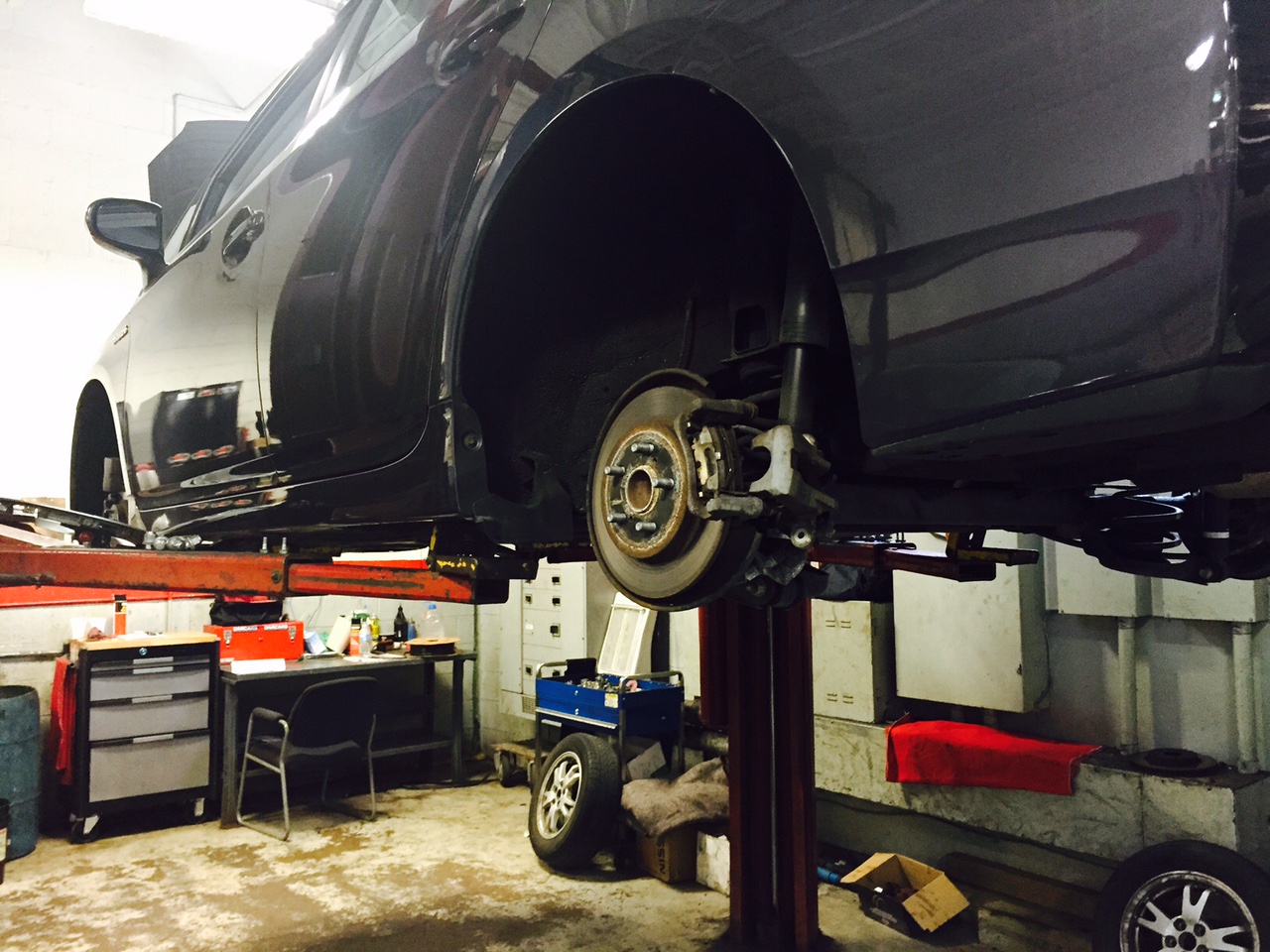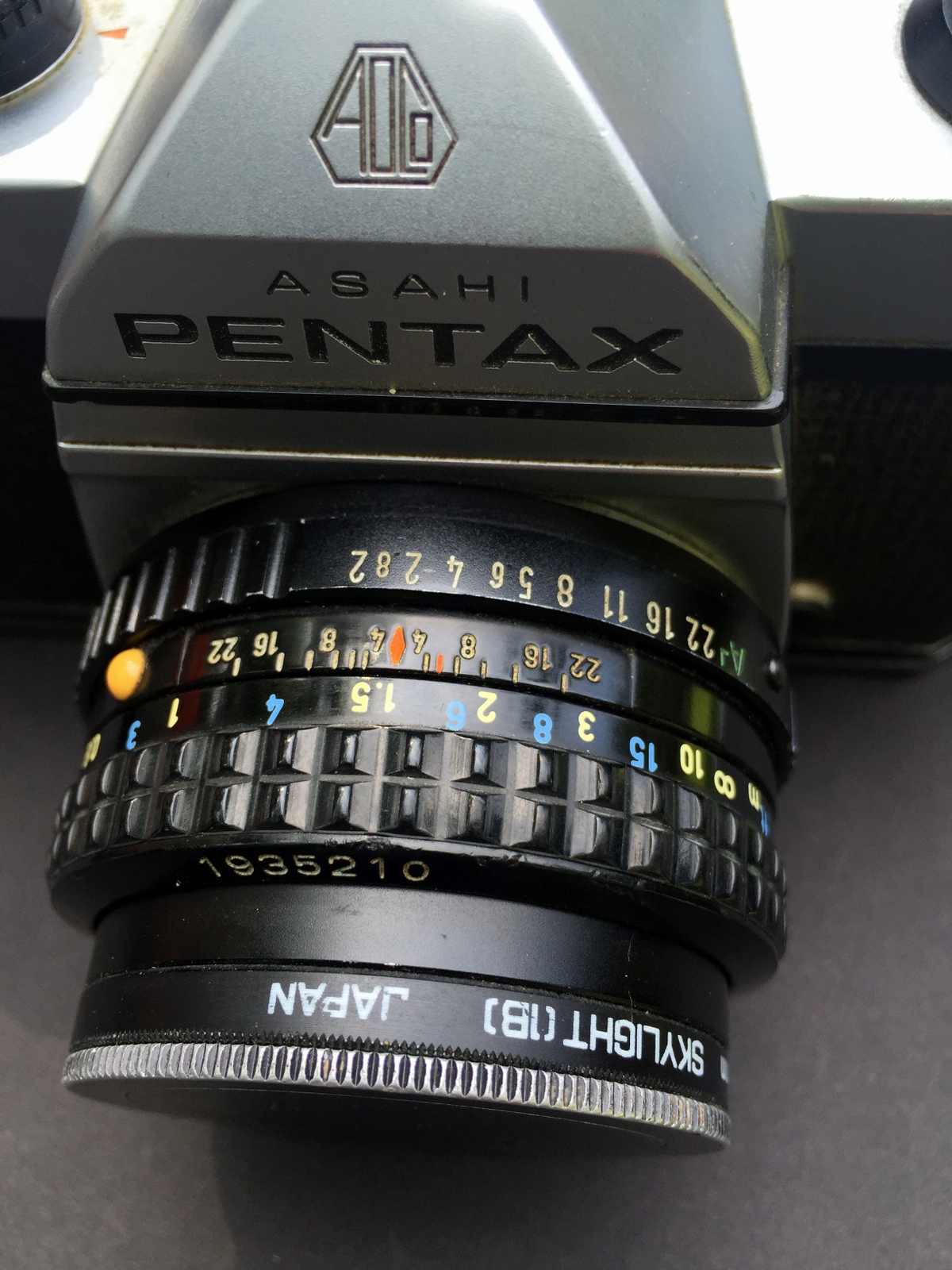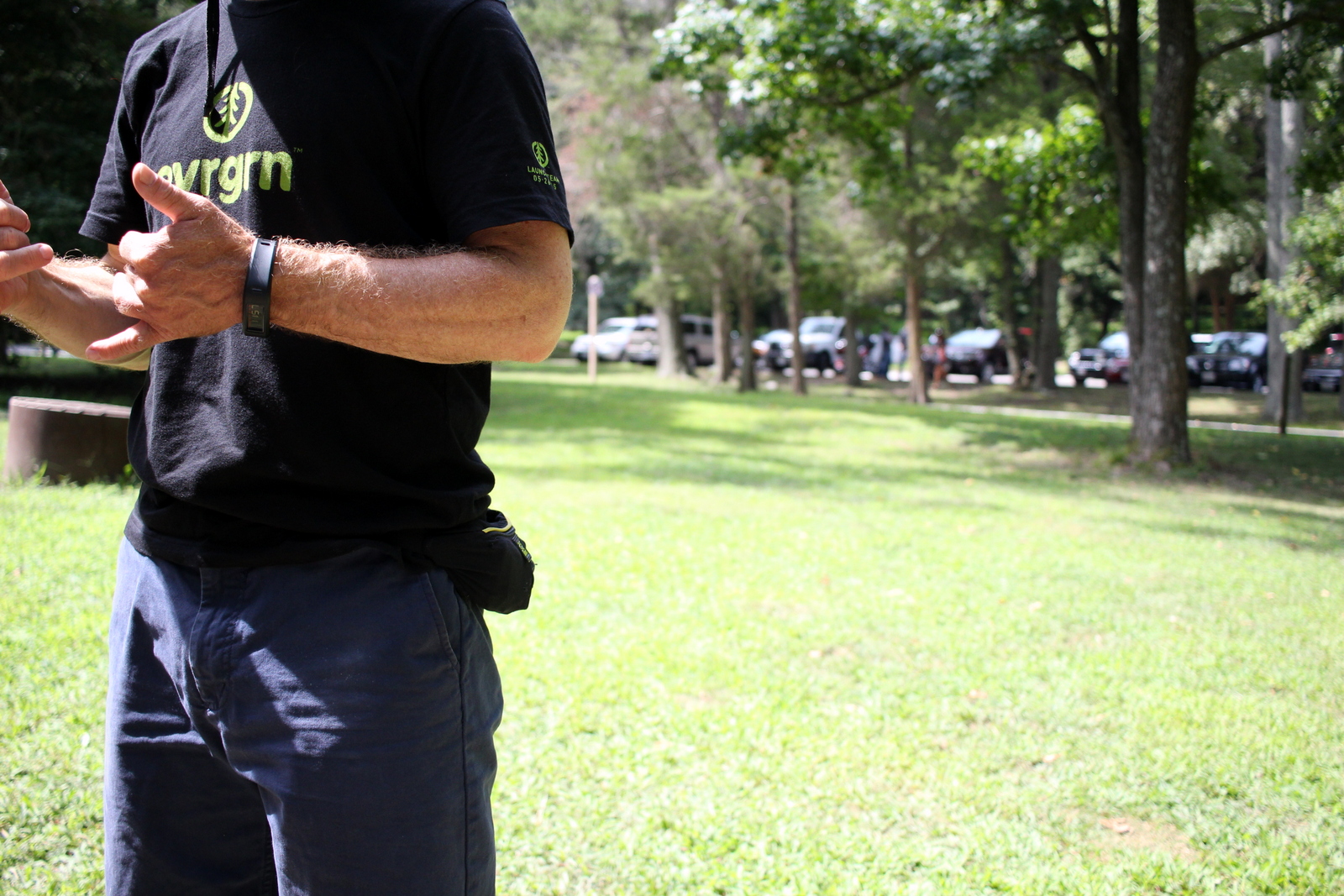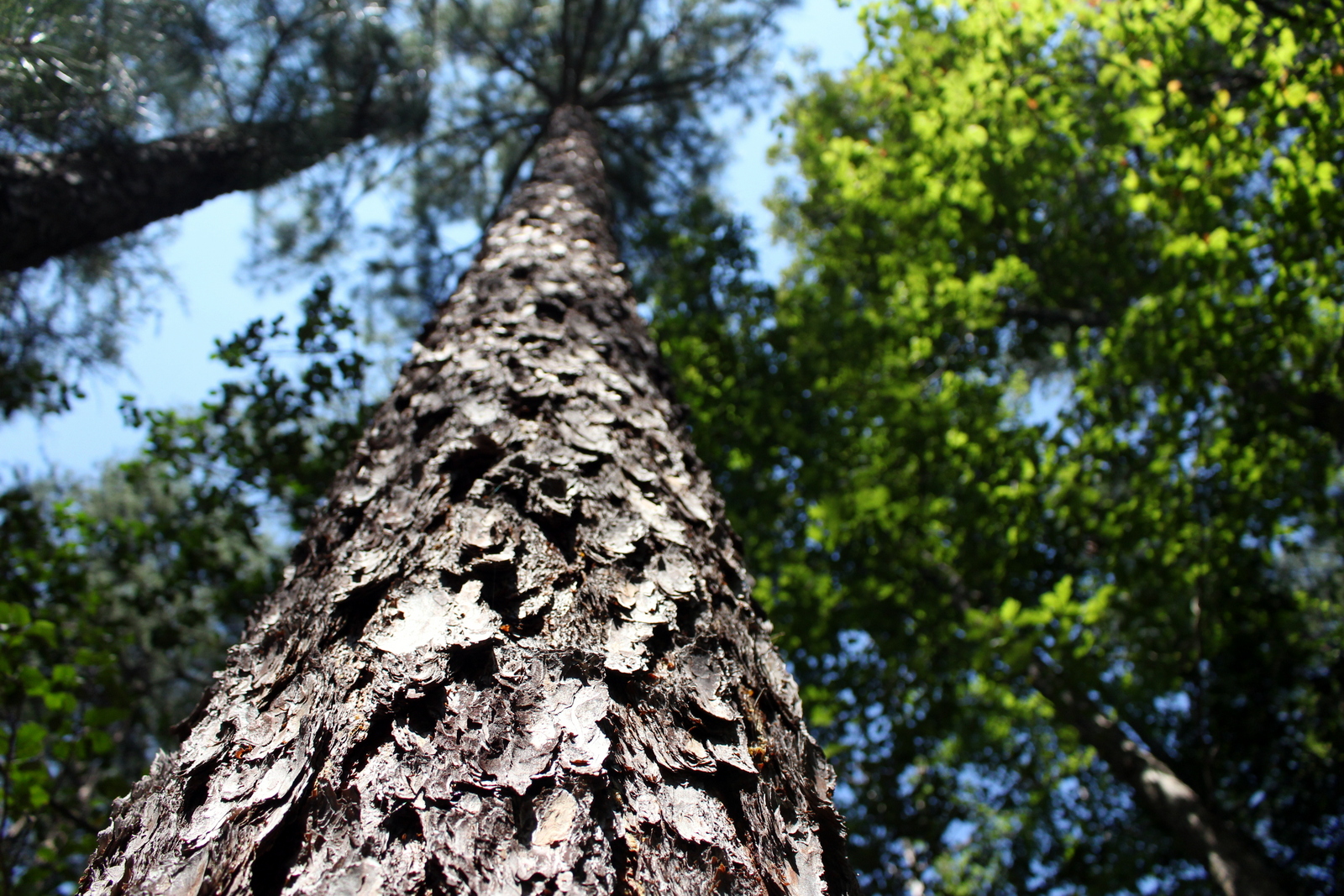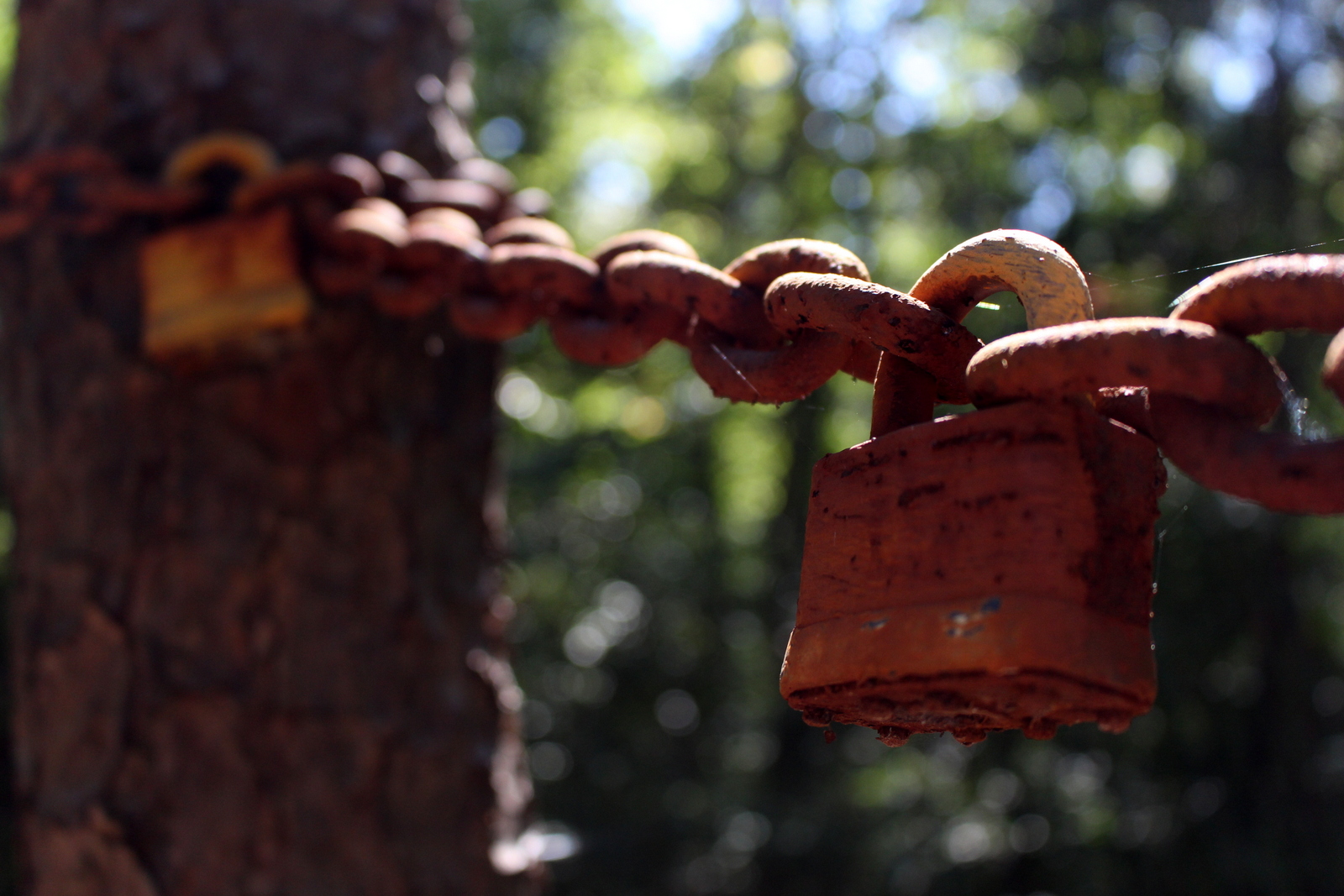I know people often talk about the value of being present, or "in the moment". I think I've had ample opportunity to be present while on this trip. Those moments have been rejuvenating and liberating, and I've cherished them. At the same time, the truth is that I'm oftentimes not living in the moment; I'm thinking two steps ahead.
Here are some examples. While I'm running a technical trail, I'm not looking directly at where my feet are landing. Instead, I'm scanning as far down the trail as I can see, and using my peripheral vision to process the obstacles directly by my feet. When I spend 3-6 hours out on a trail, I'm sipping constantly from my 100-ounce Camelbak reservoir, even if it's cold or I don't feel thirsty, because I know that the failure to stay hydrated today means I'll start tomorrow more fatigued. I also run surprisingly slowly on the trails--so slow, in fact, that if you were to have a phone conversation with me, you wouldn't even detect that I'm running. Running this slowly today means I'll feel fresh tomorrow. As I make my way around the country, I'm often sketching out a mental map of rough directions to my next-next destination, and not simply my next destination because knowing that second destination will help me better plan my route to and through the first.
Basically, I think two steps ahead for good reason. This trip is simply too long and complicated for me to complete it while living completely in the present. That would be like a juggler refraining from throwing the next ball before catching the one already in the air.
As with anything in life, balance is everything. The overall arc of my trip requires me to always think two steps ahead. But I try to infuse opportunities where I'm completely present, and have nothing to do but feel the dirt crunching beneath my feet, observe the presence of wildlife, embrace the cool mountain air evaporating the sweat off my skin, and soak in the beauty of the natural world that envelops me.

